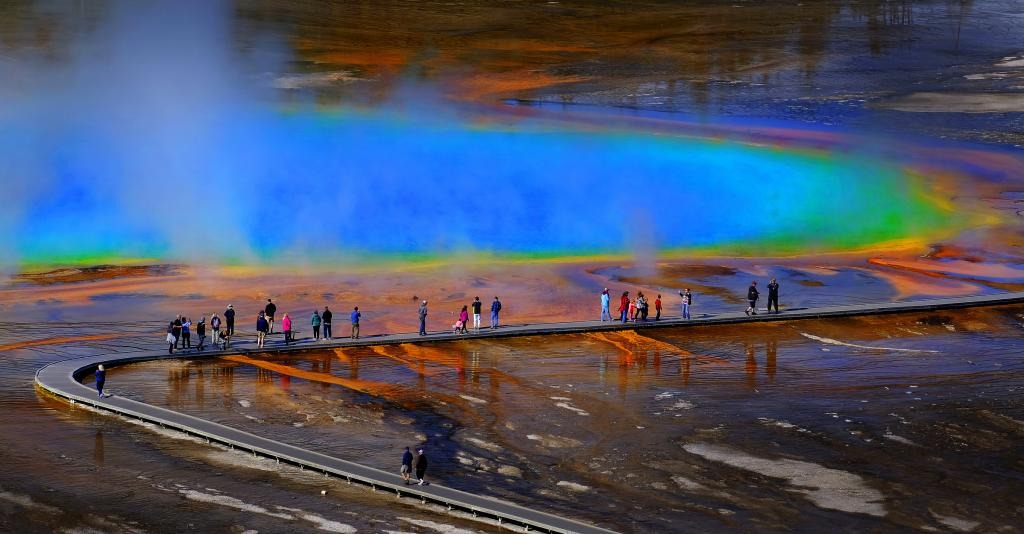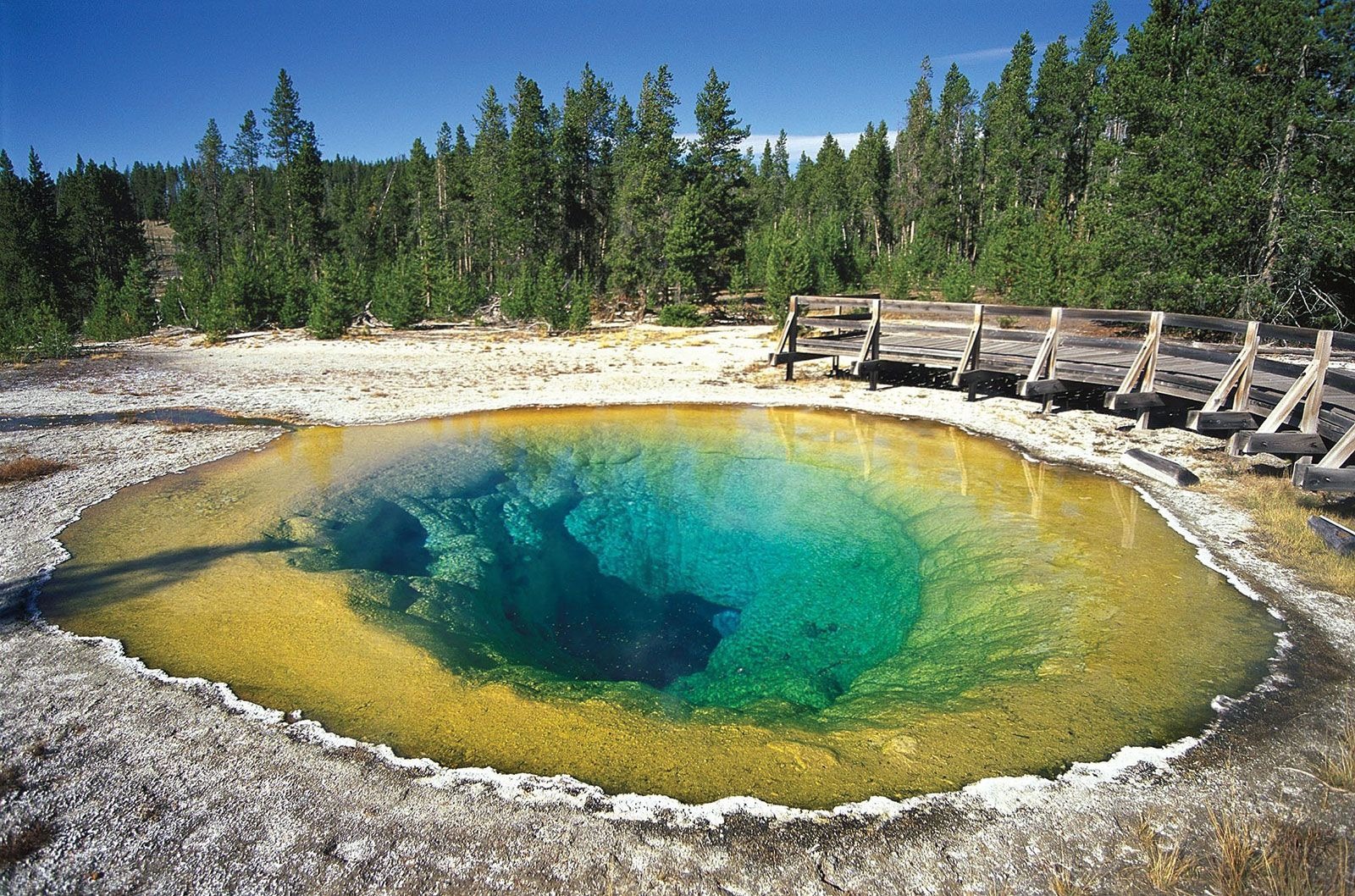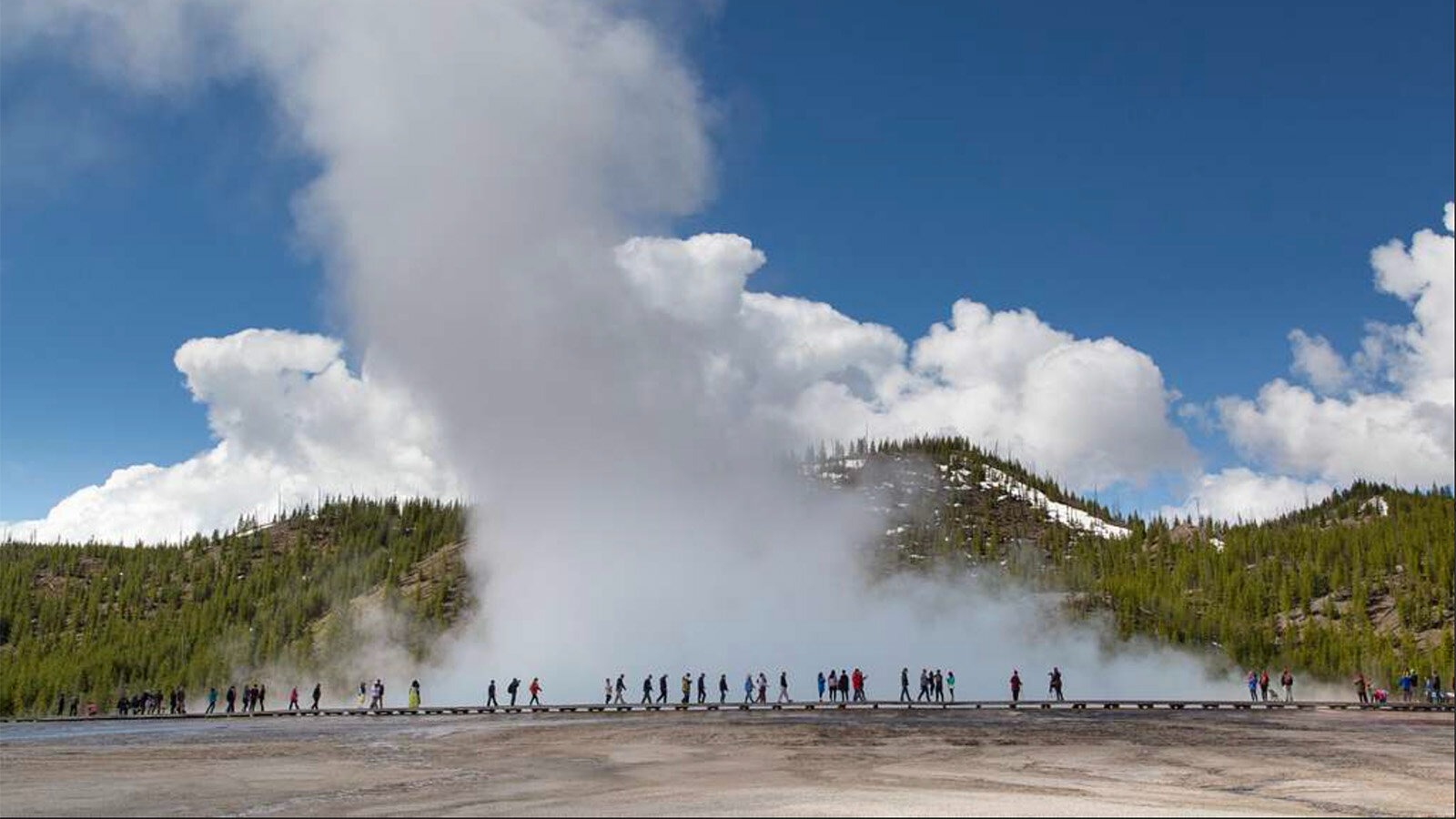A recent study published in PLOS Climate reveals that tourism activities in Yellowstone National Park contribute to approximately 1.03 megatons (over 2.3 billion pounds or 1.03 billion kilograms) of carbon dioxide emissions annually.
The study, authored by researchers from the U.S. Geological Survey, Utah State University, and Clemson University, indicates that nearly 90 percent of these emissions stem from transportation to and from the park. Data collected from Yellowstone visitor surveys, scientific studies, and government sources formed the basis of the analysis.

Yellowstone (Credits: Down To Earth)
While the majority of emissions are associated with travel to and from Yellowstone, 5 percent originate from transit within the park and 4 percent from overnight accommodations. Park operations, including visitor centers, museums, and eateries, contribute just 1 percent to the emissions.
Surprisingly, although only 35 percent of visitors arrive by air, they are responsible for 72 percent of the emissions related to park transit. On average, each visitor generates around 1,056 pounds (479 kilograms) of carbon dioxide emissions.
Comparatively, global per capita carbon dioxide emissions averaged 10,141 pounds (4,600 kilograms) annually in 2019, with U.S. residents emitting approximately 32,407 pounds (14,700 kilograms).

Yellowstone National Park (Credits: Britannica)
To address these emissions, the authors propose various strategies, including marketing campaigns promoting travel alternatives and implementing technological advancements and energy-saving measures within the park.
However, they acknowledge that broader changes, such as transitioning to fuel-efficient vehicles and renewable energy sources outside the park, are also necessary.
While recognizing the social, economic, and recreational benefits of nature-based tourism, the authors caution against overlooking its environmental costs. They emphasize the need for a balanced approach that reduces emissions while maintaining visitor satisfaction.























